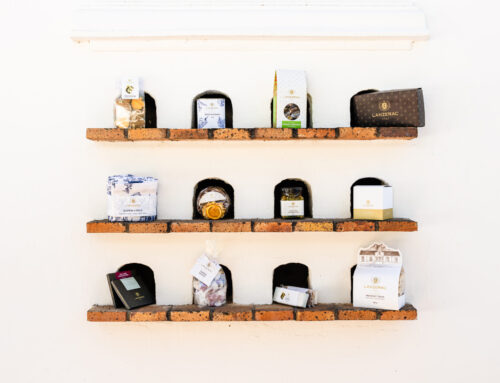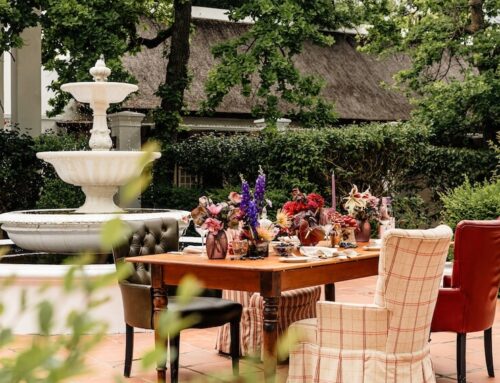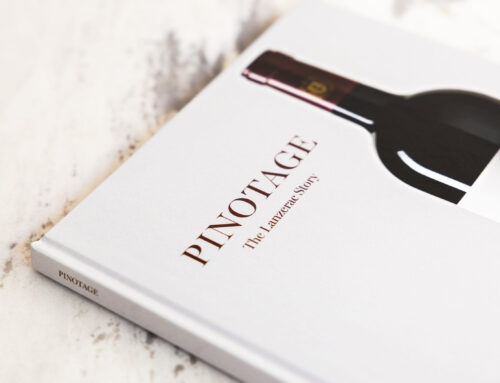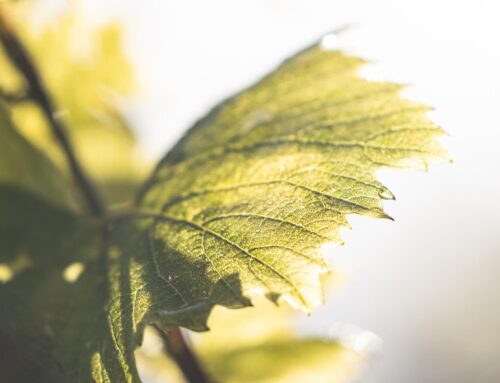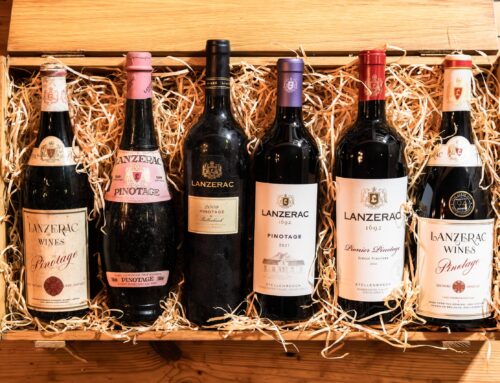When it comes to white wine, few grapes ignite as much conversation—or controversy—as Chardonnay. Beloved by many and dismissed by some (the phrase “Anything But Chardonnay” became popular in the 1990s), this golden grape has continuously reinvented itself over the centuries. From the rich, buttery expressions of Napa Valley to the crisp balance of fruit and acidity found in South Africa’s Western Cape, Chardonnay is a true shape-shifter—reflecting both the land it’s grown in and the winemaker’s hand.
Chardonnay’s story begins in France’s Burgundy region, where it is believed to have originated in a village of the same name. Genetic research reveals that it is a natural cross between Pinot Noir and Gouais Blanc, two ancient varieties once cultivated by both medieval peasants and nobility.
In Burgundy, Chardonnay found its spiritual home. The region’s rolling hills and limestone-rich soils produce wines renowned for their precision, elegance, and aging potential. Monks in the Middle Ages carefully tended these vineyards, laying the foundation for a legacy that endures to this day. Even now, a bottle of white Burgundy remains one of the wine world’s most prized offerings.
By the 20th century, Chardonnay had spread worldwide. Thanks to its adaptability to diverse climates and soils, it became a favourite of New World winemakers. Regions like California, Australia, Chile, South Africa, and New Zealand embraced Chardonnay, each developing its own distinctive interpretation.
Often dubbed a “winemaker’s grape,” Chardonnay is highly responsive to both terroir and technique. The bold, buttery style made famous by California in the 1980s and ’90s showcases prominent oak aging, resulting in flavours of vanilla, toast, coconut, and the signature buttery richness. Malolactic fermentation adds a creamy, smooth texture that captivated American wine drinkers. One winemaker quipped in the early 2000s, “Our Chardonnay is so rich, you could spread it on toast.”
At the other end of the spectrum, unoaked Chardonnay highlights the grape’s natural acidity and minerality. Typically fermented in stainless steel or concrete amphorae, these wines are fresher, often exhibiting citrus and green apple notes. Chablis in northern France sets the standard for this style, though many producers worldwide have adopted it as a refreshing alternative to the heavily oaked versions of the past.
Chardonnay also plays a central role in the world of sparkling wine. It is one of the primary grapes used in Champagne and other traditional-method sparkling wines—whether as a solo act in Blanc de Blancs styles like Lanzerac Brut, or in blends. It lends finesse, brightness, and aging potential to these celebratory wines.
In cooler climates, regions like South Africa and Chile produce Chardonnays that strike a beautiful balance between fruit and acidity. The Lanzerac Jonkershoek Chardonnay is a prime example, offering layered notes of stone fruit, citrus, and white flowers, all gently supported by restrained oak influence.
After a decline in reputation in the early 2000s—largely due to excessive oak use and mass-market saturation—Chardonnay is now experiencing a renaissance. Winemakers have shifted focus toward balance and subtle oak integration, helping restore the grape’s former prestige. Wine lovers, too, are discovering the remarkable range of Chardonnay styles, realizing that it is far more versatile than once believed.
Chardonnay is the ultimate chameleon—capable of surprising even the most seasoned wine connoisseurs. Whether you’re sipping a steely Chablis, a buttery Mrs English Chardonnay, or a refined Blanc de Blancs, there’s a version of this grape to suit every palate and occasion.
Here’s to Chardonnay: misunderstood, reinvented, and ultimately, unstoppable.



